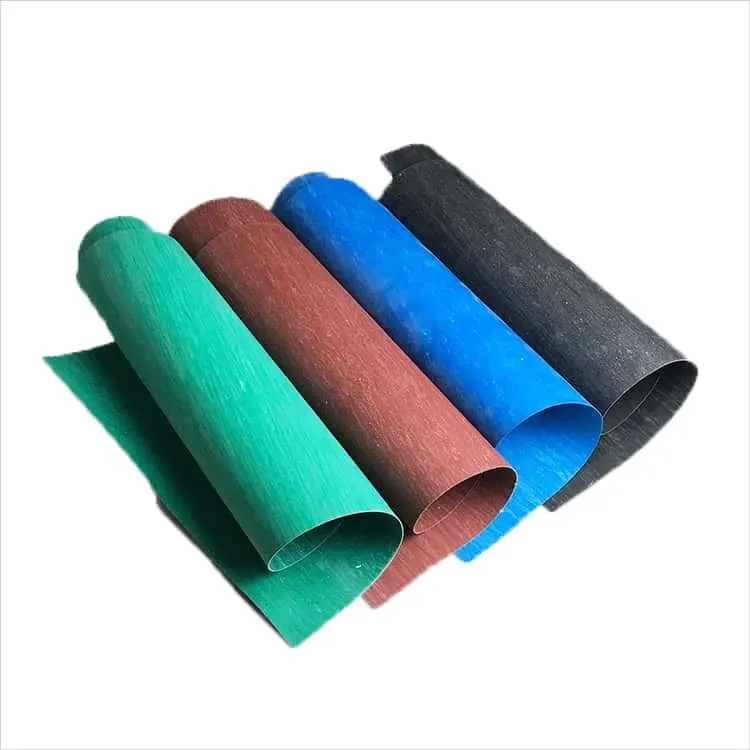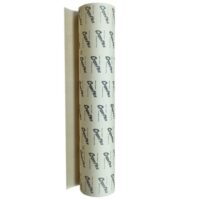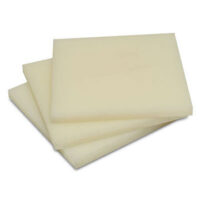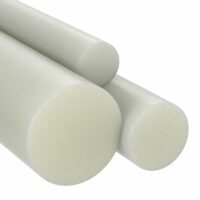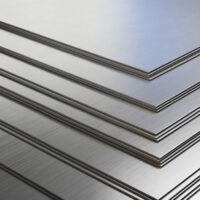NON-ASBESTOS-GASKET-SHEET
Category SHEETS
- Aramid Fiber Non-Asbestos Gasket Sheet: Made from aramid fibers (e.g., Kevlar), this gasket sheet offers high tensile strength, flexibility, and resistance to wear and tear. It is commonly used in automotive, machinery, and HVAC applications.
- Graphite-Infused Non-Asbestos Gasket Sheet: This sheet is infused with graphite, providing enhanced resistance to high temperatures, chemical attack, and thermal cycling. It is used in sealing applications involving aggressive chemicals, high heat, or pressure, such as steam and chemical processing.
- Nitrile Rubber Non-Asbestos Gasket Sheet: Combining synthetic fibers with nitrile rubber, this sheet provides excellent oil and fuel resistance, making it ideal for automotive and engine applications where sealing against oils and lubricants is required.
- Silicone Rubber Non-Asbestos Gasket Sheet: Featuring a blend of silicone rubber and non-asbestos fibers, this gasket sheet offers high heat resistance (up to 600°F) and is often used in high-temperature sealing applications, such as in engines, ovens, and electrical equipment.
- EPDM Rubber Non-Asbestos Gasket Sheet: Composed of synthetic rubber and non-asbestos fibers, EPDM gasket sheets offer excellent resistance to weathering, ozone, and water, making them suitable for outdoor, plumbing, and water-based sealing applications.
- Compression Non-Asbestos Gasket Sheet: These sheets are designed to withstand high pressure while maintaining their sealing properties, commonly used in flange connections, pumps, valves, and pipes in both industrial and commercial settings.
- High-Performance Non-Asbestos Gasket Sheet: Engineered for demanding environments, these gasket sheets typically combine aramid fibers, graphite, and rubber to deliver superior resistance to chemicals, heat, and pressure. They’re ideal for the oil, gas, and petrochemical industries.
- Flexible Non-Asbestos Gasket Sheet: This gasket sheet is known for its ability to conform to uneven or irregular surfaces, ensuring a tight, leak-free seal. It is commonly used in applications where flexibility and ease of installation are crucial.


